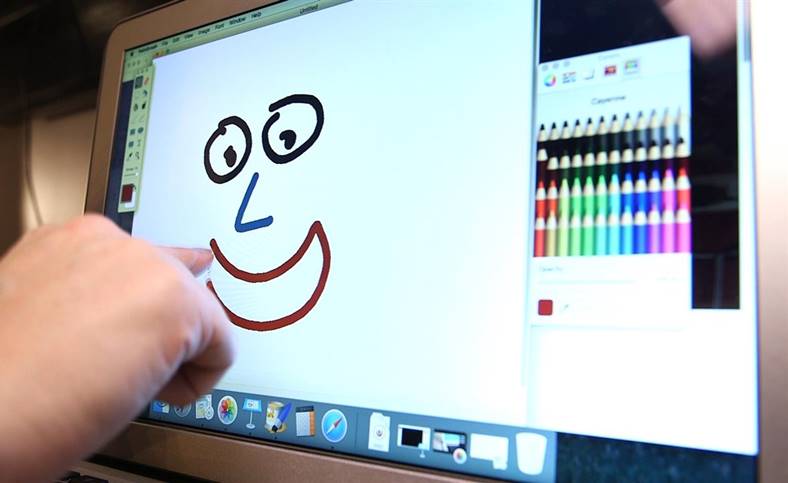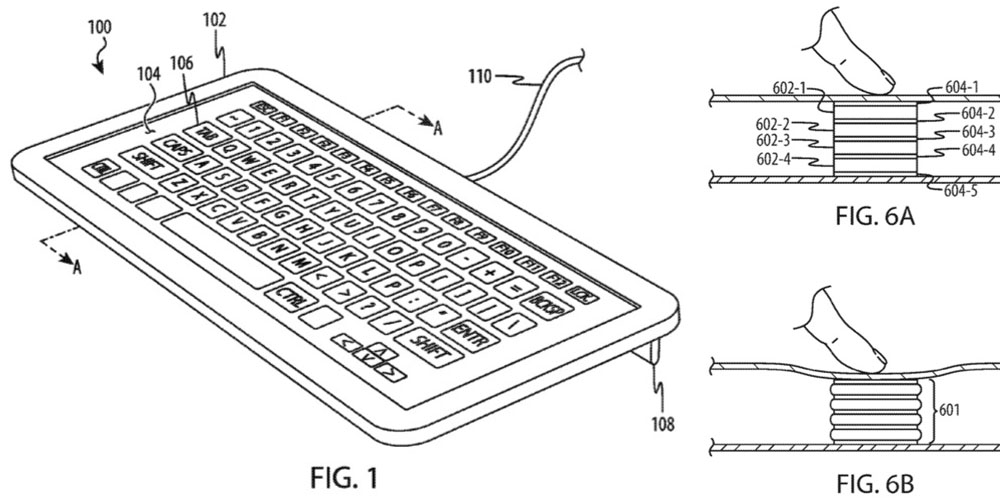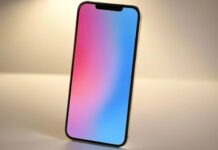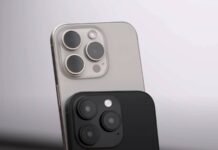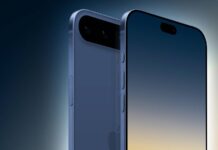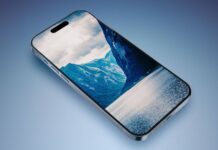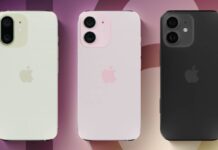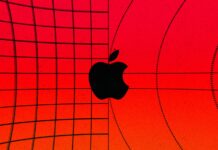MacBook-urile cu touchscreen sunt un vis vechi al fanilor companiei Apple, iar Steve Jobs si alti manageri au negat pe rand intentia de a crea un asemenea produs, insa iata ca el revine in atentia noastra. Imaginea de mai jos provine dintr-un brevet de inventie inregistrat de catre Apple pentru a demontra cum poate fi creata o tastatura touchscreen pentru un MacBook si cum poate fi ea facuta sa semene foarte bine cu una fizica.
Apple spune in brevetul sau de inventie ca tastaturile tactile sunt plate, inflexibile si nu ofera vreun raspuns atunci cand sunt atinse, acestea fiind cateva dintre principalele probleme in ceea ce priveste folosirea lor. Apple spune si ca oamenii evita tastaturile de acest gen si nu si le doresc in laptop-uri deoarece nu au senzatia unei tastaturi reale, insa pentru a rezolva aceasta problema americanii propun o solutie complexa si greu de aplicat.
“Traditional computing input devices, such as mice, keyboards, and trackpads, tend to operate using dedicated keys or buttons. The operation of each key or button may be tied to a particular function or command. However, traditional input devices lack the flexibility to accommodate expansive features offered by newer devices, operating systems, and software. As a further drawback, the dedicated keys or buttons of traditional input devices are unable to adapt to different user needs and preferences.”
Apple face primul pas spre un MacBook cu touchscreen
Apple spune ca atunci cand butoanele tastaturii virtuale sunt apasate, ecranul s-ar putea deforma pentru a genera impresia ca se apasa pe un buton real, deci ar trebui folosit un ecran flexibil. Desigur ca ar fi nevoie si de vibratii pentru a genera o senzatie de apasare, iar aici Apple are o experienta destul de vasta doarece iPhone-urile sale au de multa vreme 3D Touch si simuleaza destul de bine apasarile de butoane reale prin vibratii.
“When pressed, the user’s finger may form a depression in the keyboard surface beneath the finger. The pixelated capacitive sense layer may detect the depth and/or location of the depression to determine both an amount and a location of a force. Haptic actuators may provide physical feedback to indicate that a user has pressed the keyless surface with sufficient force to register an input. The haptic actuators may induce a physical sensation that is similar to or representative of a mechanical key. The electrostatic charge may cause an actual or perceived change in friction or surface roughness between an object (e.g., the user’s finger) and the input surface by electrostatically attracting the user’s finger to the surface. A keyboard may use global or local haptic outputs, alone or in combination, to provide a desired haptic output to the user.”
In final, Apple descrie si folosirea unui sistem de incarcare electrostatica pentru a genera senzatia marginii unui buton, intregul ansamblu fiind foarte complex si cel mai probabil foarte scump de implementat. In ciuda acestui lucru, daca Apple va dori vreodata sa faca un MacBook echipat cu touchscreen, ie bine iata ca are si idei interesante pentru a o face.


